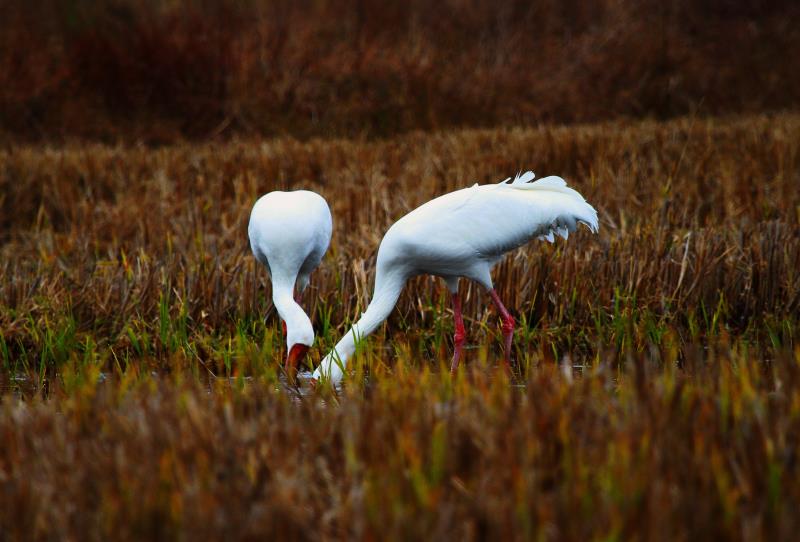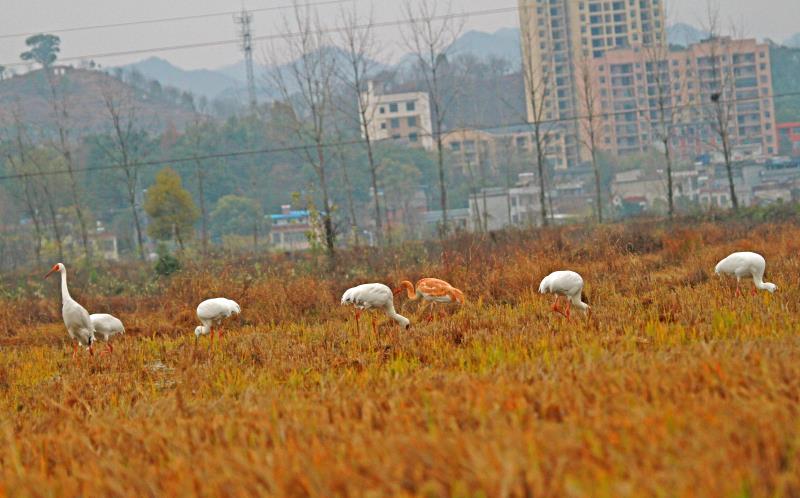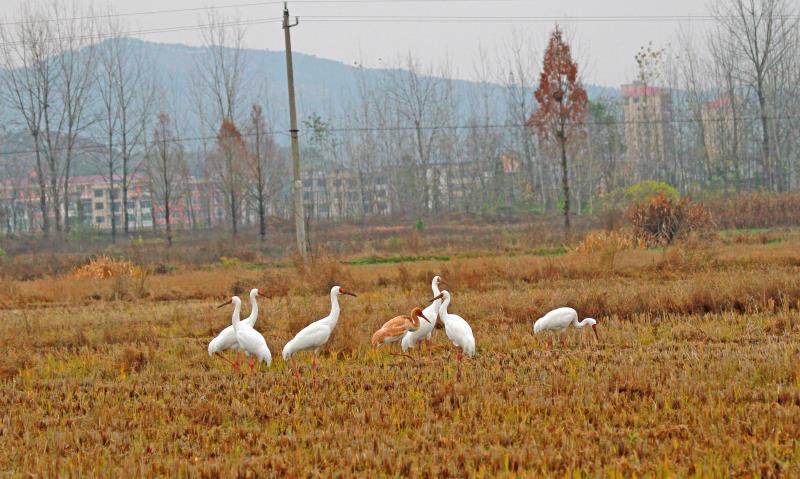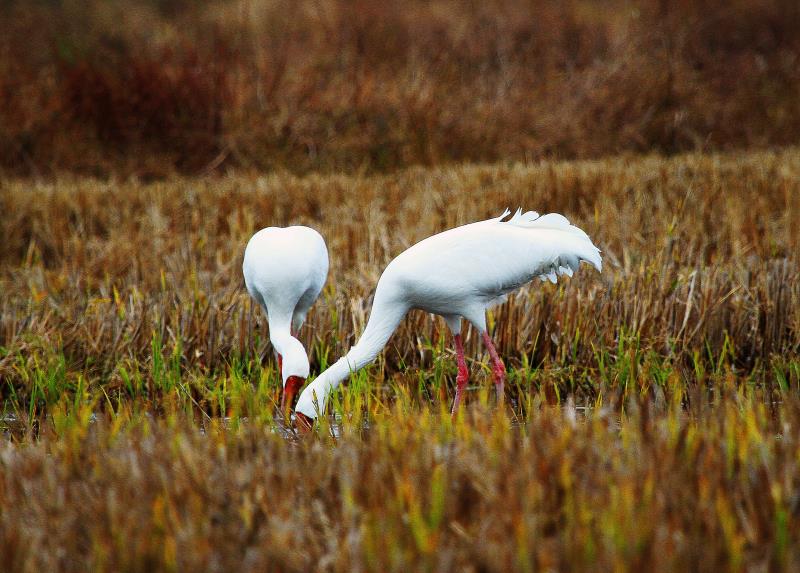In the middle reaches of the Yangtze River, people harvest rice and have fallow paddy fields at the end of autumn. In winter, migratory waterbirds such as cranes and geese and ducks arrive year after year. They will choose fallow paddy fields around large natural wetlands for food and winter. , This will more or less affect farmers. The contradiction between humans and birds objectively exists. We suggest that we should break through the constraints of nature reserves, explore the management mode of seasonal protected areas, implement directional ecological compensation according to the actual wintering range of migratory birds, and realize the sustainable development of humans and birds using resources reasonably and sustainably Target.
For a long time, biodiversity as a scientific concept was not familiar to the general public. But when the concept of neighborhood biodiversity emerged, biodiversity was no longer alienated and mysterious. In our production and living environment, we are always accompanied by biodiversity. Swallows flew into the house, flies were heard, frogs croaked, spiders in the corner were observed, and even harassment by mites, etc., are all shadows of biodiversity.
The seasonal management of fallow paddy fields around wetland nature reserves and the implementation of directional ecological compensation for the protection of biodiversity in the neighborhood of constructed wetlands represented by directional ecological compensation is a brand new topic, and it is also a typical case of biodiversity protection in human activities. Biodiversity Conservation in Our Neighborhood (BCON) is a nature conservation initiative initiated by the China Biodiversity Conservation and Green Development Foundation to protect biodiversity in the production and life of the people. It aims to discover the best practices for effective protection of biodiversity in areas where human activities are intensive, taking into account protection and development, and coordinate sustainable livelihoods and biodiversity protection. Traditional biodiversity protection is mainly carried out in deep mountains, natural wilderness, and nature reserves. This enclosure-style protection method is very important, but current efforts are far from enough to reverse the global trend of rapid biodiversity loss. The protection of biodiversity requires innovative ideas. Due to the expansion of the scope of human life, it is extremely important to study how to effectively carry out biodiversity conservation in populated areas.






Photo by : Li Zhenwen
Original Chinese article: https://mp.weixin.qq.com/s/a5rS1PdsHwRiWGjQXgGnJQ
Translator/Daisy
Contribution
https://www.paypal.me/CBCGDFChina
http://www.cbcgdf.org/English/ConfirmDonaTion/0.html
